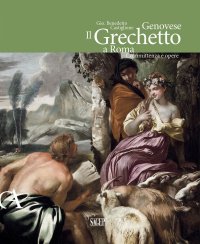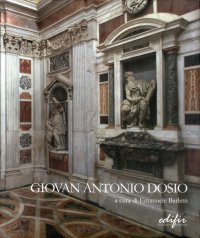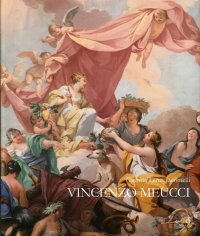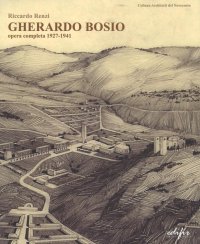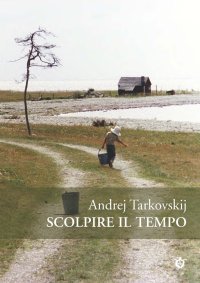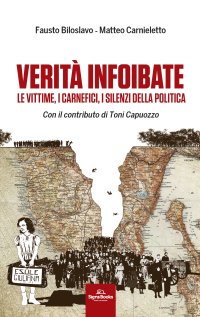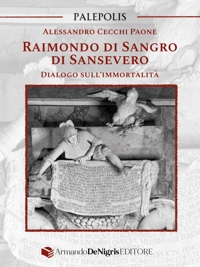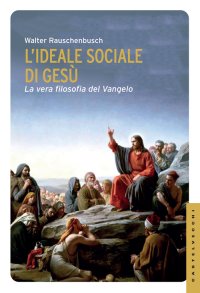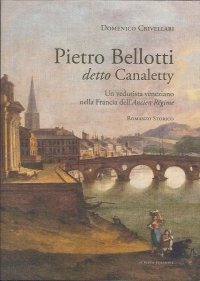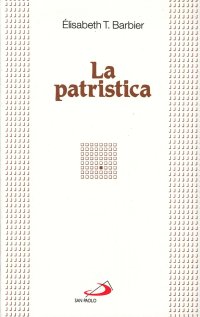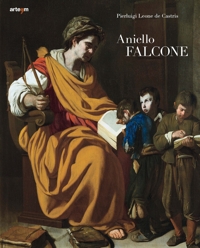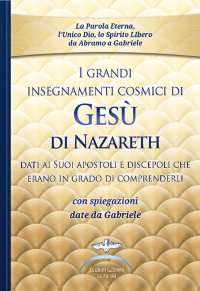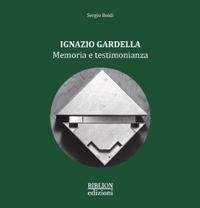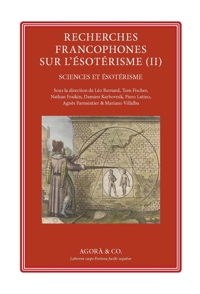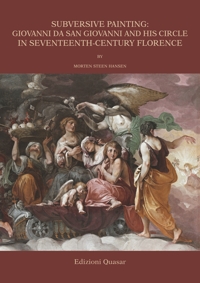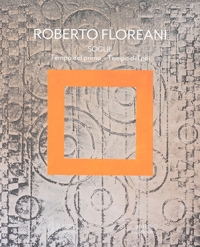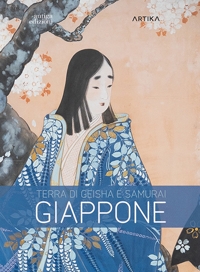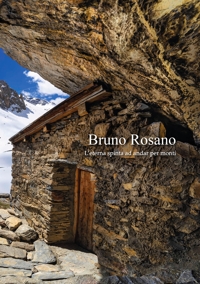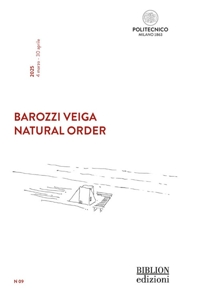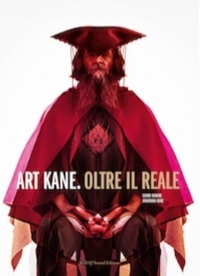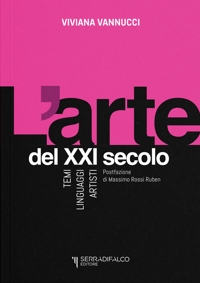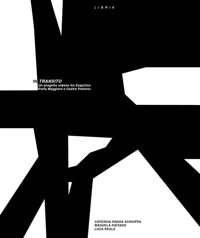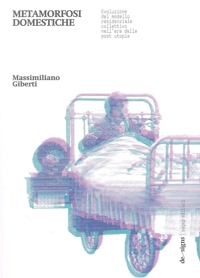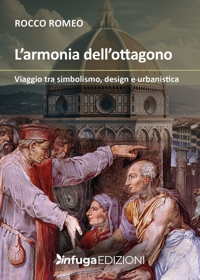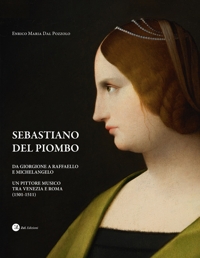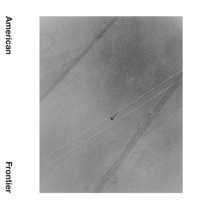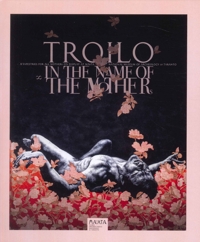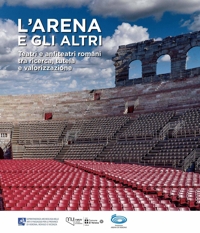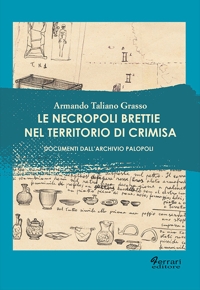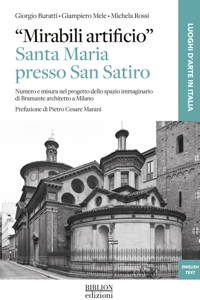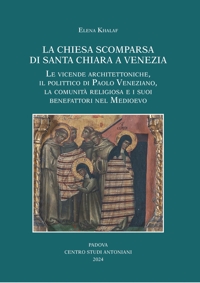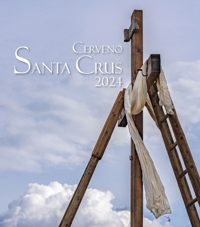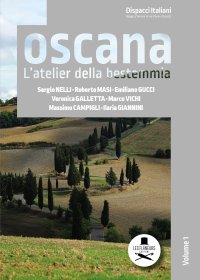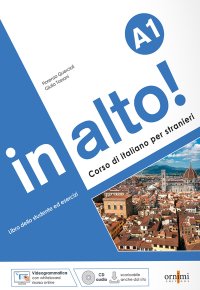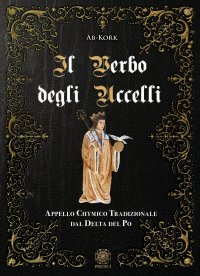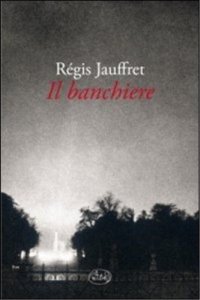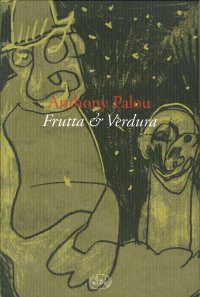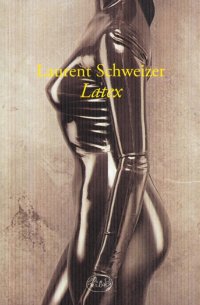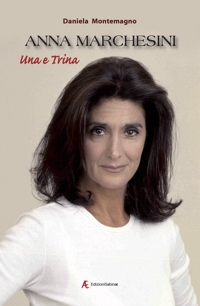Gio. Benedetto Castiglione Genovese. Il Grechetto a Roma. Committenza e opere
Edited by Orlando Anna and Francesco Rotatori.
Genova, 2023; paperback, pp. 304, col. ill., cm 23x29.
cover price: € 150.00
|
Books included in the offer:
Gio. Benedetto Castiglione Genovese. Il Grechetto a Roma. Committenza e opere
Edited by Orlando Anna and Francesco Rotatori.
Genova, 2023; paperback, pp. 304, col. ill., cm 23x29.
FREE (cover price: € 150.00)
Giovan Antonio Dosio Da San Gimignano Architetto e Scultor Fiorentino tra Roma, Firenze e Napoli
Edited by Emanuele Barletti.
Photographs by BACHerin Paolo and Saverio De Meo.
Prima edizione 2011.
Firenze, 2011; bound, pp. 844, b/w and col. ill., tavv., cm 24x28,5.
FREE (cover price: € 98.00)
Vincenzo Meucci
Co-Editore: Cassa di Risparmio di Firenze.
Firenze, 2015; hardback, pp. 304, col. ill., cm 25x29,5.
(Arte).
FREE (cover price: € 50.00)
Gherardo Bosio. Opera Completa 1927-1941
Firenze, 2016; paperback, pp. 368, b/w and col. ill., cm 23x28.
(Architetti del Novecento. Storia e archivi).
FREE (cover price: € 60.00)
Space, Place and Ornament. The Function of Landscape in Medieval Manuscript Illumination
Goehring M.
Brepols Publishers
English Text.
Turnhout, 2014; paperback, pp. 300, 88 b/w ill., cm 24x28.
series: Palaeography, Manuscript Studies & Book History (Outside a Series) (STPMSBH)
ISBN: 2-503-52977-1 - EAN13: 9782503529776
Subject: Essays (Art or Architecture),Maps, Documents, Old and Rare Books
Period: 1000-1400 (XII-XIV) Middle Ages
Languages: 
Weight: 1.27 kg
This book proposes a new methodological framework for the study of medieval landscape imagery, by analyzing the functions of landscape imagery within Northern European manuscript illumination. Taking a historicist approach, this study explores landscape imagery within a broad range of specific manuscript contexts, taking into account the ideological and the economic milieus in which they were produced. Organized into three sections, this study will look at how landscape functioned as ornament, didactic tool (space) and political tool (place). The first section looks at the role that landscape imagery had in the hierarchy of book decoration, and how it responded to late medieval mnemonic systems and devotional practices. It also addresses the emergence of landscape as a form of ornamental elaboration, sometimes as a means to appeal to specific aesthetic criteria, or as a way to create extra-textual associations to augment the message of the text. The second section is concerned with landscape within encyclopedic and allegorical manuscripts, and will analyze how artists constructed space to communicate specific lessons or ideas, for example to frame debates about the role of agricultural labor or to present the dynastic ambitions of the Burgundian court. Finally, the third section explores the visualization of the political and economic landscape of late medieval Europe, particularly focusing on how landscape was structured to respond issues of status, power and identity not only in works created for the landed nobility but within manuscripts made for urban patrons as well. Concentrating on manuscripts from Paris, Northern France and Flanders from the late thirteenth to the early sixteenth centuries, this book will offer new insights as it contextualizes the emergence of landscape painting in the late middle ages
Wirth Oswald € 14.25
€ 15.00 -5 %
Fausto Biloslavo; Matteo Carnieletto € 14.25
€ 15.00 -5 %
Alessandro Cecchi Paone € 8.55
€ 9.00 -5 %






